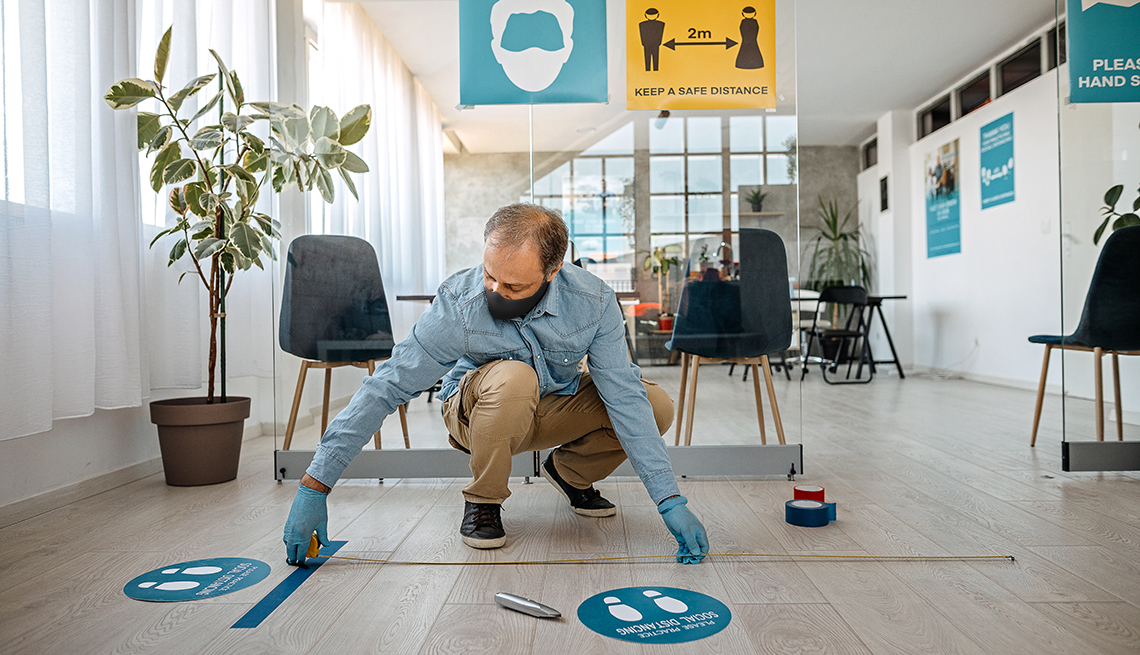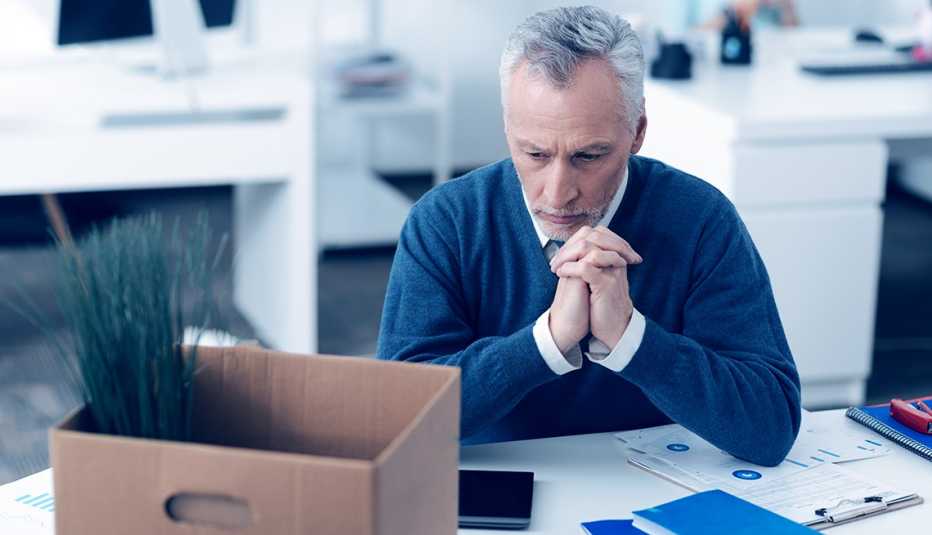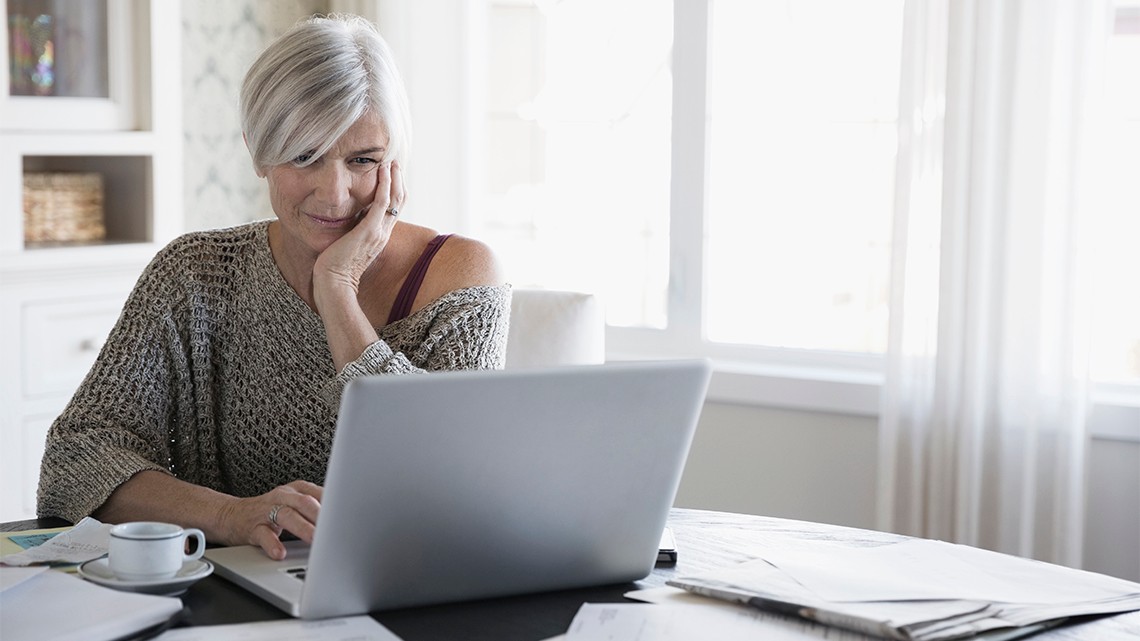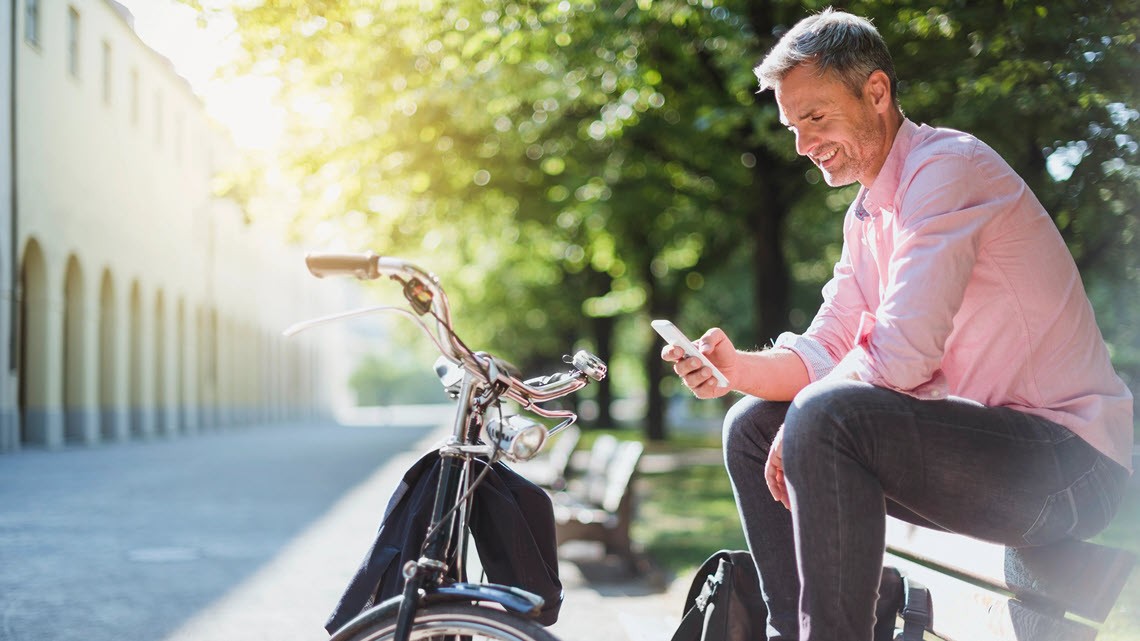Staying Fit
As more people get vaccinated for COVID-19 and employers wrestle with how to reopen their offices, employees are finding they have mixed feelings about going back, especially older adults who may have underlying health conditions or other safety concerns. While some workers will welcome the opportunity to reconnect in person with coworkers, others may want to keep working from home — at least part time — after the pandemic.


AARP Membership— $12 for your first year when you sign up for Automatic Renewal
Get instant access to members-only products and hundreds of discounts, a free second membership, and a subscription to AARP the Magazine.
"As we attempt to restore a sense of normalcy, COVID-19 has greatly impacted our sense of socialization. This will definitely filter into the workplace as many are returning into the office from the comforts of their home,” says Shanee M. Hunter, founder of HR Philosophy, an Oak Lawn, Illinois, human resources consulting firm.
As employers make decisions about the best ways to return to the office, one thing is certain: It won't be the same as it used to be. Here are 9 ways your office could change when you go back.
1. Enhanced safety measures
Most workplaces will have enhanced COVID-19 safety measures in place to keep the risk of infection as low as possible, Hunter says. That may include requiring vaccine records, using apps to report symptoms or checking workers’ temperatures. It's likely that many offices will require masks or some other kind of personal protective equipment. Be sure to ask your employer about their safety protocols, and don't be afraid to seek help if you're having trouble with any new technology being introduced, Hunter says.
Your workplace may also provide extra cleaning and sanitizing products and do deeper cleaning on a regular basis. Employers are also being advised to ensure that their ventilation is adequate and upgrade systems if necessary. (So it might be a good idea to bring a sweater.)
2. Staggered scheduling
One of the biggest takeaways of the past year is how many jobs can be done remotely. And employees are going to want to have that option, Hunter says. As a result, the office is likely to be less crowded than it used to be, with a significant number of employees working from home on any given day, she says.
So-called “hybrid” workplaces will be the norm, both to meet employee preferences and to help companies abide by social distancing practices. Employees may be assigned days to work in the office, or they may get to choose what two or three days a week they want to come in. Others may remain remote, if that option is available.
3. Movable office furniture
The open office floor plan saw some backlash before the pandemic, but it's likely not going anywhere soon, says Rachel Zsembery, vice president of Bergmeyer, a workplace design firm based in Boston and Los Angeles. Employers will be using those open spaces to maintain social distancing by moving cubicles and workstations farther away from one another, she says.
In addition, offices may invest in furniture that can be moved, both to form small collaboration areas and to accommodate employees who have different comfort levels with being around others. “And in some of those confined spaces, the perceived risk is still really, really high, no matter what the actual risk really is,” Zsembery says. Employers will need to arrange offices to help all employees feel safer, regardless of their comfort levels.


































































